Not Clowning Around: How Clowns Went From Funny to Scary
Social media has helped fan the fire of America's clown hysteria, experts say.
— -- A creepy clown craze has taken America by storm in recent months, but it’s not the first time a wave of clown incidents has plagued the nation.
In the 1980s, a cluster of phantom clown sightings, mostly reported by children, scared people in the suburbs around Boston, and ever since, similar flare-ups have occurred. The difference between then and now, according to experts? The social media factor.
“There is a strong element of social contagion” in the recent mass hysteria surrounding clowns, said Benjamin Radford, a folklorist and author of “Bad Clowns,” which traces the history of threatening clowns. Clown reports are well suited for going viral on social media, Radford told ABC News.
The key for something to go viral is the capacity for it to “grab you emotionally before it grabs you cognitively,” said Steven Schlozman, a child psychiatrist at Harvard who also teaches an undergraduate class on horror films. Clowns have an ability to “make people emotionally engaged before they’re intellectually engaged,” Schlozman told ABC News.
But when did clowns, the supposed proponents of play, become a such a dark and sinister figure in pop culture?
The History of Clowns
For thousands of years, clown-like figures have existed in folklore. Characters like jesters -- satirical figures who poke fun at powerful figures -- can be traced back as early as 2500 B.C.
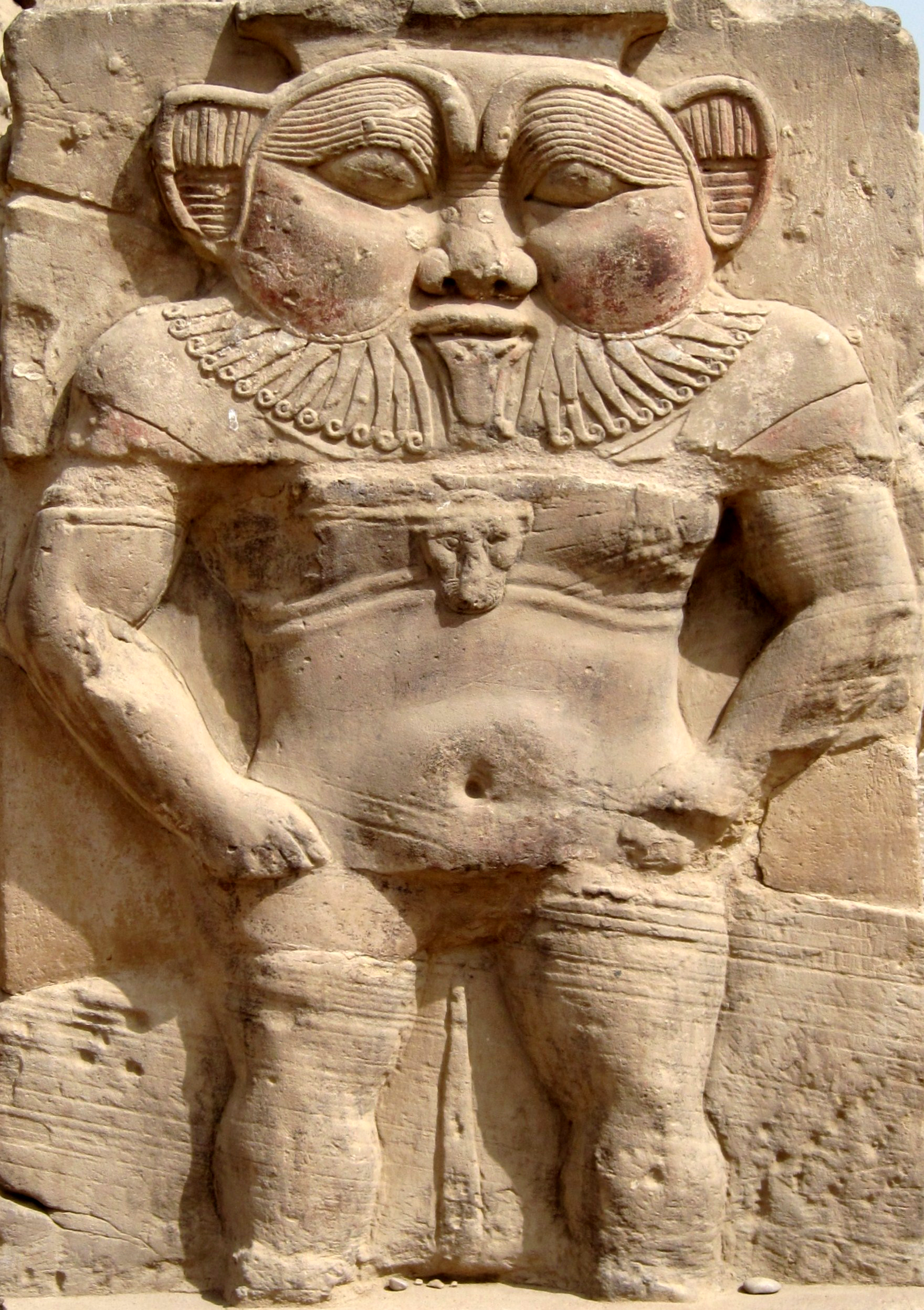
In ancient Egypt, Pygmy clowns would make pharaohs laugh, as depicted in hieroglyphics. And according to ancient imperial Chinese folklore, a clown named Yu Sze was the only person allowed to poke holes in Emperor Qin Shih Huang’s plan to paint the Great Wall of China. In ancient Rome, clowns were stock fools called stupidus.
The English word for “clown” first appeared in the 1500s, when William Shakespeare used the term to describe foolish characters in his plays.
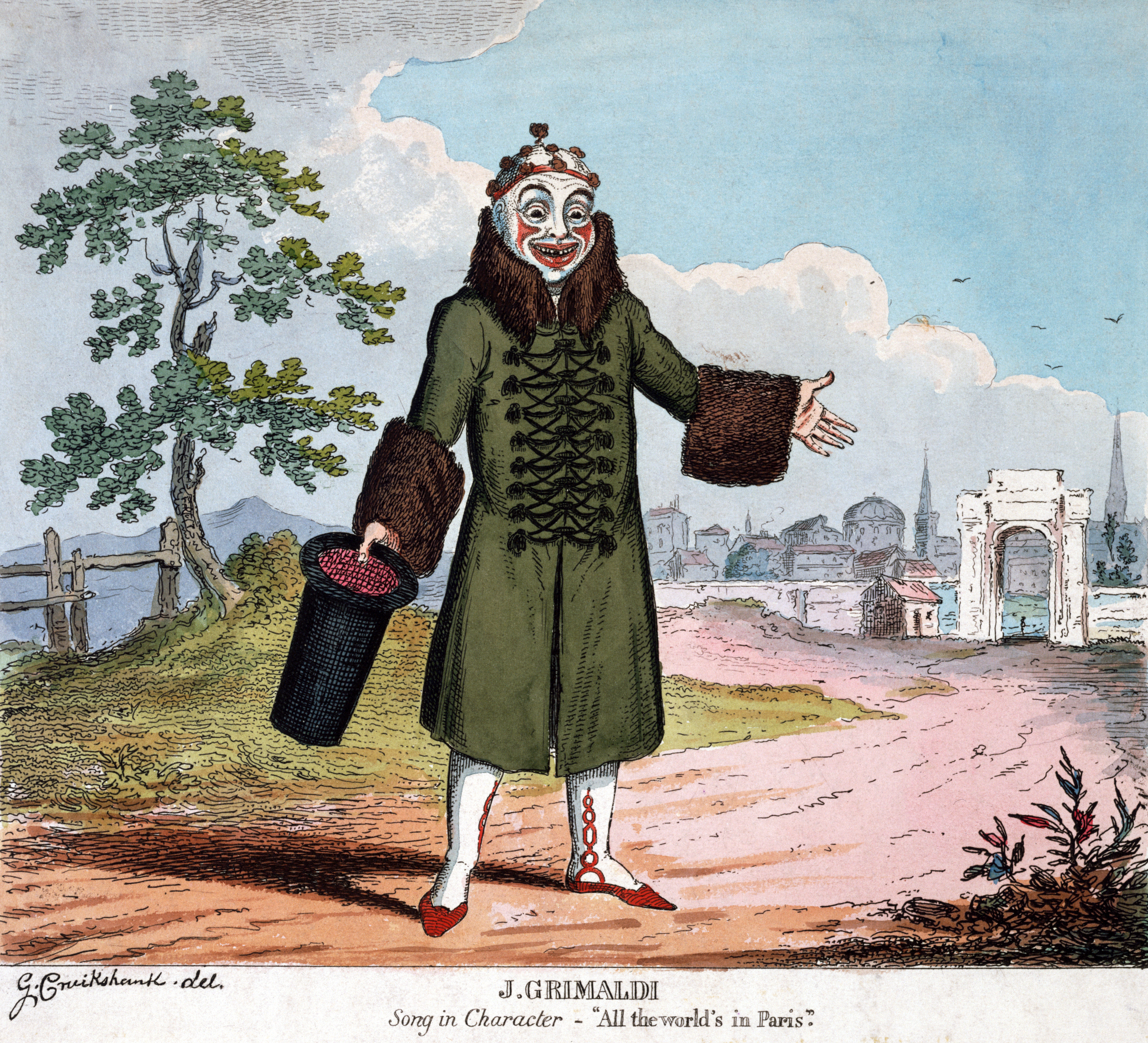
The pantomime clown, a sort of bumbling buffoon character, was the prevailing clown of Western Europe and Britain in the 18th and 19th centuries. London’s most famous pantomime comic player was Joseph Grimaldi, considered the first recognizable ancestor of the modern clown due to his bizarre, colorful costumes, stark white face paint punctuated by spots of bright red on his cheeks and the blue Mohawk he wore on his head.
Paris had its own version of the pantomime clown in Jean-Gaspard Deburau, who went by the name Pierrot. Deburau had a white face punctuated by red lips and black eyebrows, and French audiences were delighted by his silent gestures.
But Europe’s early popular clowns had dark fates: Grimaldi was a penniless alcohol when he died in 1837, while Deburau killed a boy who shouted insults at him on the street with a walking stick.
America’s Clowns: The Shift From Funny to Scary
Clowns weren’t exported to America until the late 19th century, and they reached their heyday in the 1950s and 60s with beloved figures like Clarabell the Clown, Howdy Doody’s silent partner, Bozo the Clown and Ronald McDonald.
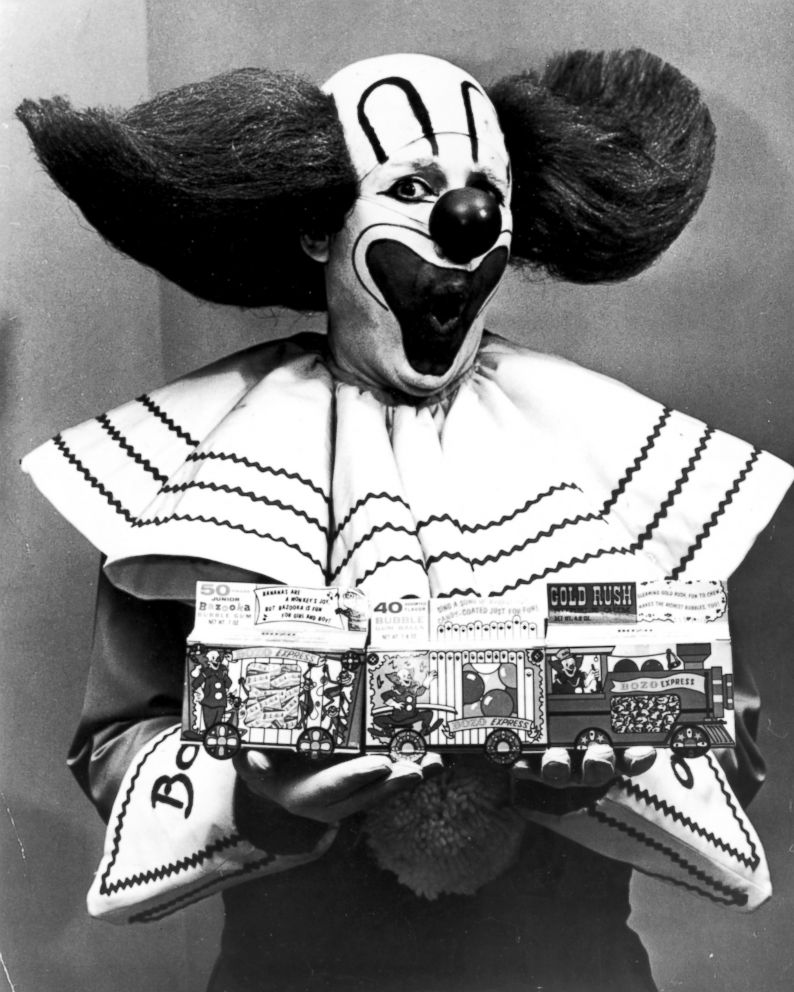
Bozo the Clown was so popular that by the 1960s there was a 10-year wait for tickets to the popular children’s show.
But, America’s longstanding love-hate relationship with clowns began after their role in society changed in the 1970s.
Serial killer John Wayne Gacy, who masqueraded part-time as a party clown named Pogo in the 1970s, changed the way Americans would view clowns forever after he was unveiled by newspapers as the “Killer Clown.”
On the surface, Gacy was a respectable figure with a friendly face. He was the manager of three KFCs in Waterloo, Iowa, vice president of his local chamber of commerce and a member in good standing of the “Jolly Joker” clown club. But Gacy sexually assaulted and murdered at least 33 people, burying most of them in the crawl space of his suburban Chicago home.
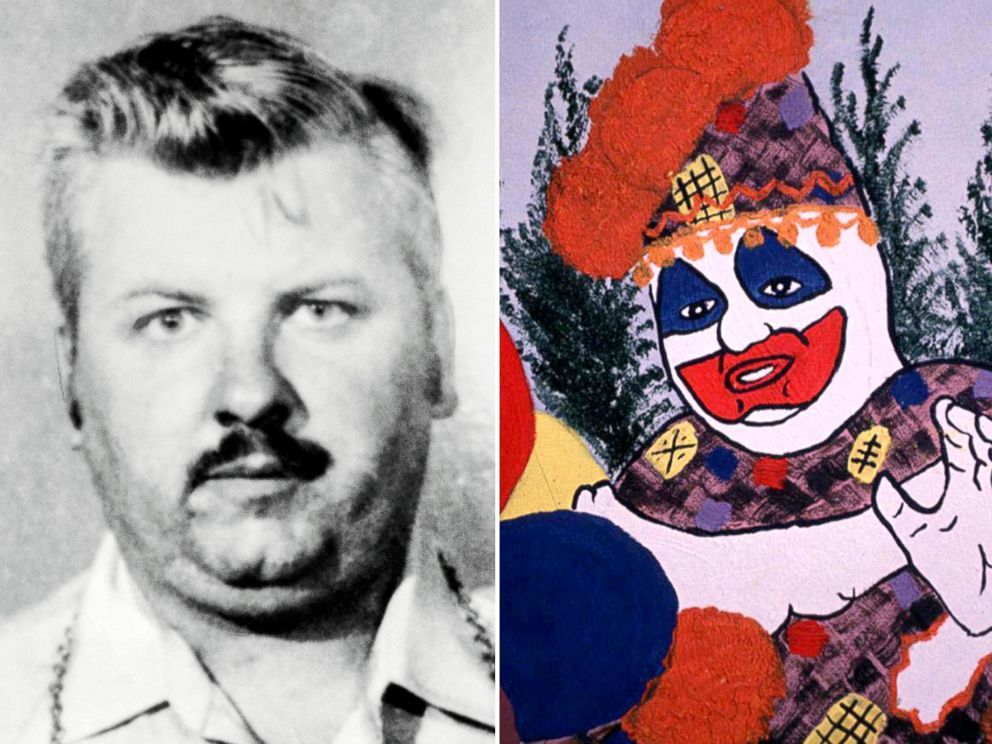
It wasn’t long before Hollywood exploited the "killer clown" concept -- from the 1982 movie “Poltergiest,” that featured a scary clown doll under a child’s bed, to the 1988 movie “Killer Klowns from Outer Space.” And while there were many other fictional clowns in pop culture that gave Americans the heebie jeebies in the '80s, it was arguably Stephen King’s Pennywise the clown, the main antagonist of his 1986 novel “It,” that solidified the clown's status as a figure to be feared.
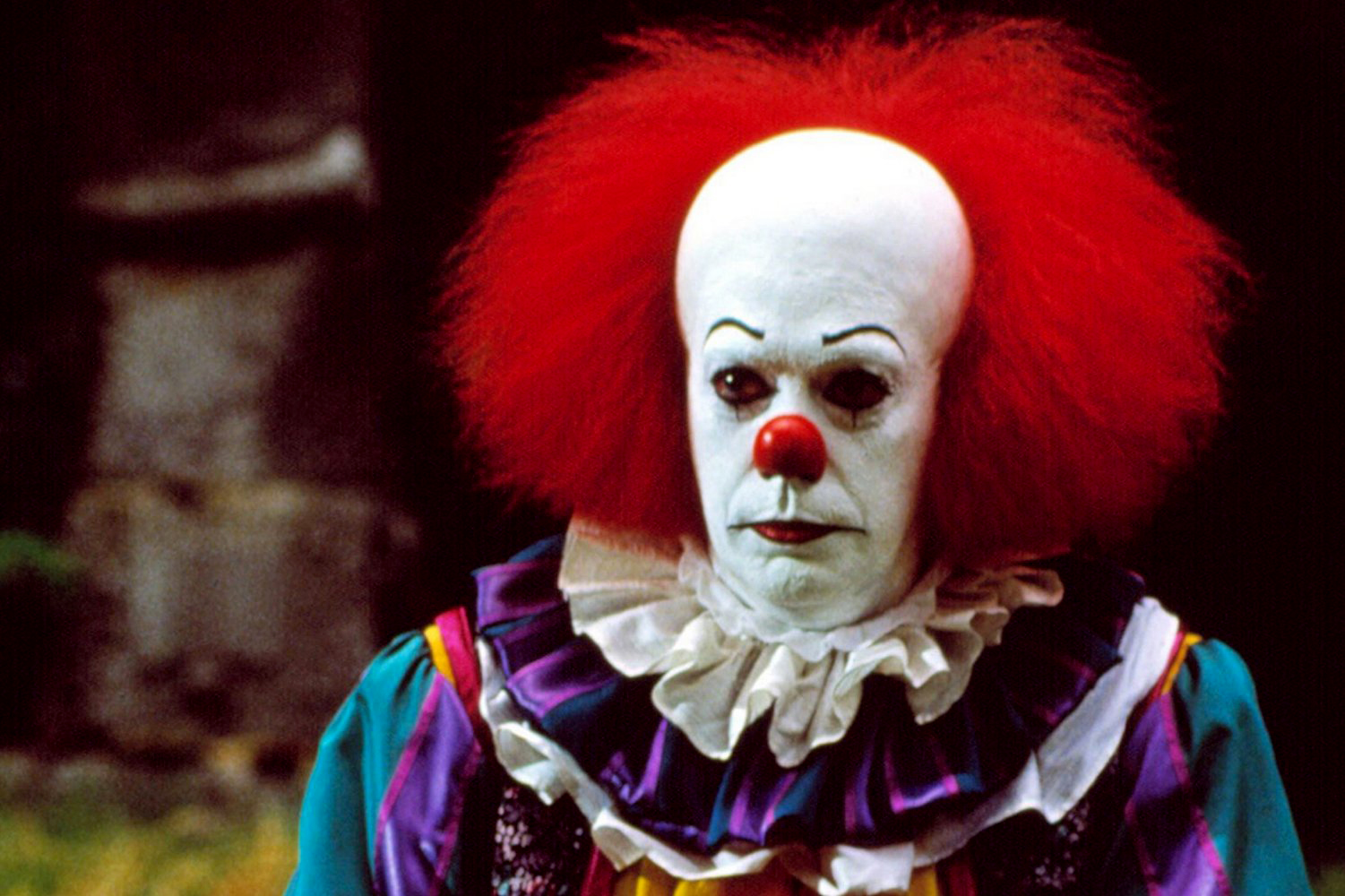
Why Clowns Creep Us Out
According to experts, it’s not surprising that people find clowns creepy, especially considering their highly unusual characteristics: the dramatic wig, red nose, gaudy makeup and often oversized multi-colored clothing.
Clown phobias are fueled by the fact that clowns wear disguises and makeup, which hides their true identity and feelings, said Rami Nader, a Canadian psychologist who studies cognitive behavior therapy and runs a stress and anxiety clinic in North Vancouver.
“When you’re looking at a clown, he’s got an exaggerated, painted-on face that’s always projecting the same emotion,” Nader told ABC News. “You know it’s not real, and it’s not genuine because no one can be happy all the time.”
The ambiguity of clowns makes people uncomfortable, Nader added.
Being “creeped out” is an emotional response to ambiguity about the presence of threats that enables people to maintain vigilance during times of uncertainty, according to a Knox College study on the nature of creepiness. Humans have evolved to err on the side of detecting threats in ambiguous situations.
Unusual nonverbal behavior and characteristics associated with unpredictability are predictors of creepiness, according to the study. Clowns’ mischievous nature puts people constantly on guard because they never know if they’re going to get a pie in the face or be the victim of a prank.
The Recent Creepy Clown Craze
In 2016 alone, there have been several dozen reports to police of clowns behaving badly, including allegedly chasing people with knives and machetes, allegedly hanging out at cemeteries and appearing on desolate county roads in full-on makeup and garb in the dead of night, and allegedly attempting to lure children into dark woods.
Social media threats from accounts featuring people impersonating scary clowns have partly been a source of the hysteria, according to authorities. One threat posted in the Washington State area mentioned a clown allegedly kidnapping a student and planting a bomb at a middle school. Some other schools in the country have been either closed or were placed on lockdown due to various social media threats from scary clowns, authorities say.
There have been hoaxes as well. Some police departments have said that precious resources have been wasted investigating clown threats and so-called sightings. One 18-year-old woman allegedly made up that a clown held her at knifepoint -- all to avoid repercussions of being late to work, according to authorities.
Some schools have banned clown costumes during the Halloween season, and some police departments are even warning people against dressing up as clowns for their own safety.
“The problem is that someone dressed like a clown could scare someone and there’s a possibility, a possibility you could end up with someone getting shot,” said Lt. Mike Bandish of the Palm Bay Police Department earlier this month.
“This is what a [law-abiding] clowns look like,” Richard K. Jones of the Butler County Sheriff’s Office in Hamilton, Ohio, wrote on Twitter in September, together with a photo of himself and a few friendly-looking clowns.
At one point earlier this month, the hysteria was so widespread that "It" author King himself found the need to speak up, asking fans to “cool the clown hysteria.”
The Life of Modern-Day Clowns
The people taking the fall for all these clown incidents are those who have dedicated their life’s work to making people laugh: According to experts, negative images of clowns are harming clowning as a profession.
In a survey asking 1,341 volunteers ages 18 to 77 to rate the creepiness of varying occupations as part of the Knox College study on the nature of creepiness, clowns topped the list, followed by taxidermists, sex shop owners and funeral directors.
San Francisco-based clown Brian Wishnefsky, 62, compared the bad publicity to a modern-day witch hunt.
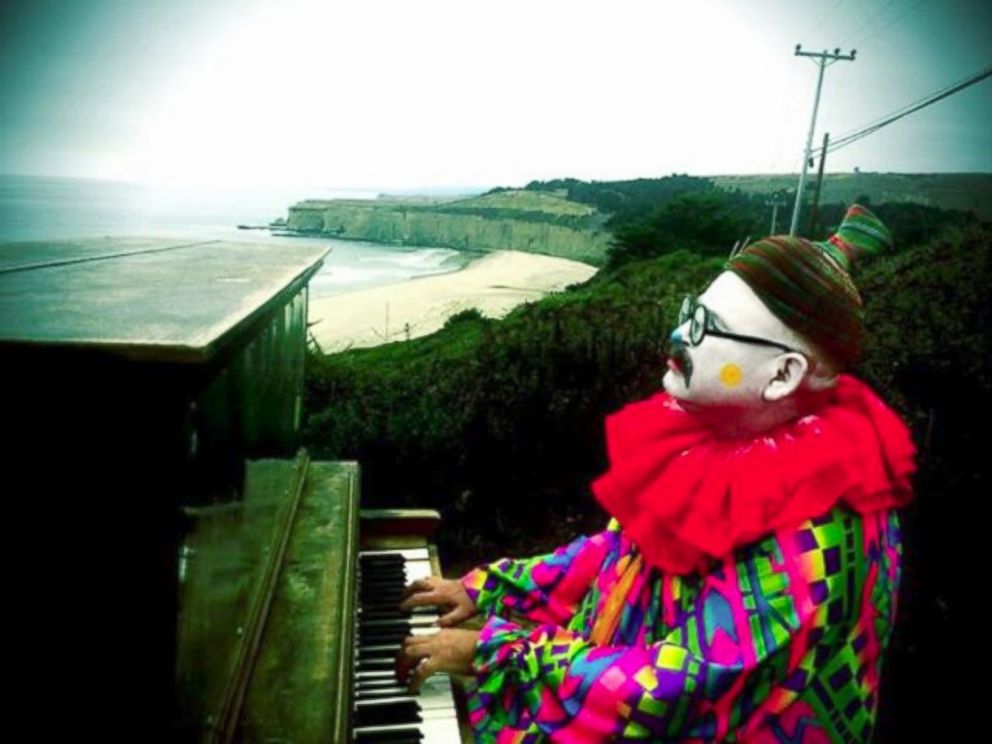
Wishnefsky, a self-taught clown, has been making children laugh at Bay Area birthday parties for more than 31 years. He told ABC News he has rarely run into children (or adults) who were scared of him.
Wishnefsky said that those “fanning” the scary clown fire simply “need a scapegoat” for their anger and have picked “someone that has no way of fighting back.”
“Clowns are the sacrificial victim,” Wishnefsky said. “There’s no anti-defamation league for clowns.”
Wishnefsky can make up to $200 or more for a 90-minute act, he said. Although he’s still working the birthday party scene on a regular basis, he said he's experienced a drop in business.
“Those children are missing out on a clown that they would have loved,” he said. “The clown-haters are trying to make it so everyone hates clowns and drive them out of business.”
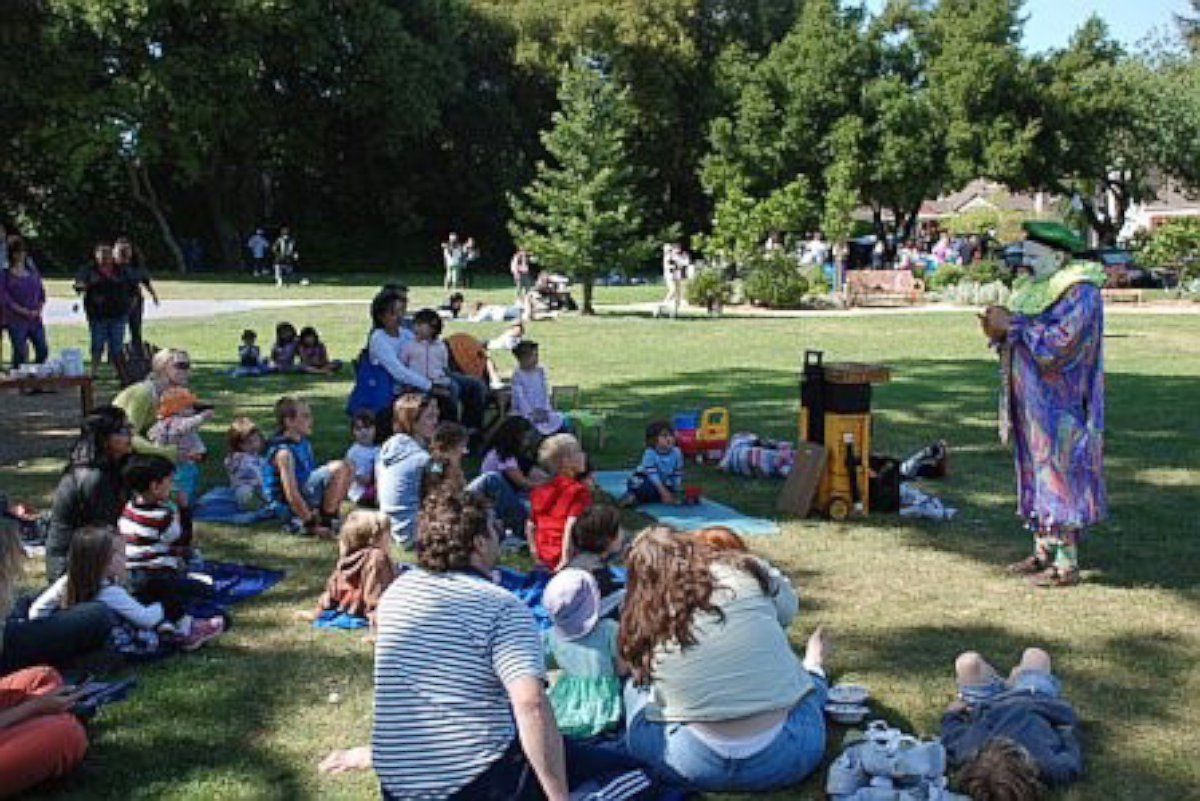
New York City-based comedian and clown Ambrose Martos, who performs for children at pediatric centers in tri-state area hospitals, called clowning an “amazing job” because he gets to bring laughter and joy, as well as a welcome distraction, to kids who are facing quite serious circumstances.
“Clowns are needed to lighten up dramatic situations and let people relax and forget about the troubles that they’re having at the time,” said Martos, who goes by the clown name Dr. Phil E. Buster.
Like Wishnefsky, Martos said he rarely encounters children who are scared of him and that 99 percent of the reaction is positive.
So fear not, clown-lovers: clowns may not have completely been evacuated as a figure of fun, according to Schlozman.
"They're really nice people who make balloons at kids parties, They really, really love making kids laugh," Schlozman said, adding that there will always be a market for that.
And with the remake of King’s “It” pending a 2017 release, it looks like clowns, both the funny and creepy kind, are here to stay.



